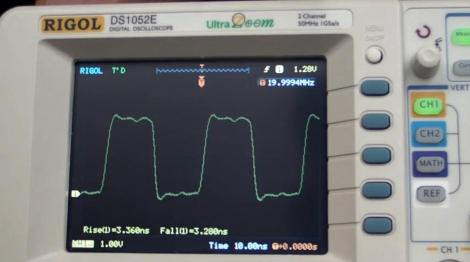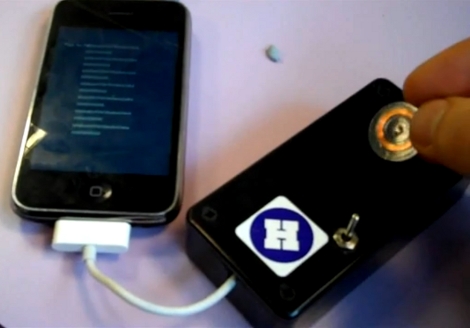Changing this 50MHz Rigol oscilloscope into its larger, more expensive brother just became quite a bit easier. When we originally looked at this hack it required pulling some capacitors off of the board. Now all it takes is three commands over a serial terminal connection.
Take a look at the walk through video after the break. You’ll see that there’s one chip that needs to be setup differently to change the functionality. Removing capacitors was actually changing the commands sent to initialize that chip at power-up. Now you can just change the model number and one letter of the serial number via a terminal and the firmware will recognize this as the more expensive DS1102E.

















